It makes perfect sense that someone who has as much respect for history as Lin-Manuel Miranda would be well acquainted with his roots, but I couldn’t help but be curious about them myself, so decided to climb the branches of his family tree. And what I discovered is what everyone already knows – that he’s Nuyorican, a New Yorker of Puerto Rican heritage. Well, mostly.
One of the things I love most about genealogy is tripping across the unexpected and getting sucked into a historical wormhole you might otherwise never have explored, and that’s exactly what happened here. Before I came up for air, I found myself following the trail of an early nineteenth century, interracial love story, peppered by war and rebellion, all interwoven with a decades-long struggle to outrun slavery that began in Virginia and ultimately unfolded under a handful of flags even though most of it occurred in one place – Nacogdoches.
Nacogdoches? Yes, now comfortably within the confines of Texas, USA, but formerly part of the Republic of Texas, United Mexican States (Coahuila y Tejas), and ever-so-briefly, the Republic of Fredonia. For anyone who might think I’m making that last one up, here’s its no-nonsense flag:

David and Sophie
So what does Miranda’s family have to do with all this? To answer that, we have to rewind to the closing decades of the 1700s – to one of his 5th great-grandfathers, David Towns, a third generation David, son of David and Hannah (Fox) Towns. Born in Virginia, he seems to have spent most of his childhood just across the border in North Carolina, but his youth was sadly truncated when first his father and then his mother died.
Relatives stepped in, and David grew to adulthood, marrying in 1811, but indications are that his wife died young. Still a young man, he became a private in the Virginia Militia toward the end of the War of 1812 (in case you’re curious, no one in Miranda’s direct lines served in the Revolutionary War, but some brothers did, so at least collaterally, he has American Revolution heritage), and while it’s possible that this is how he met Sophie, he probably first encountered her closer to home.
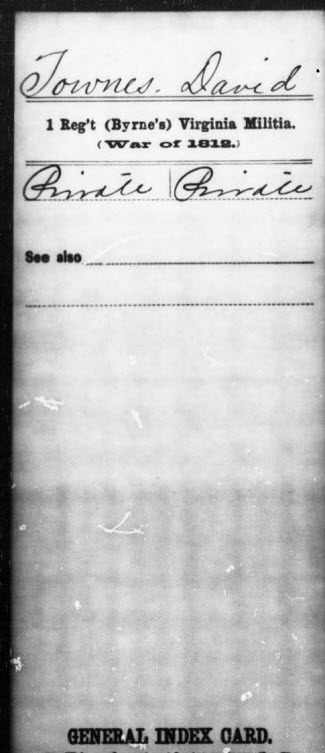
Index card for David Towns’s War of 1812 service (Fold3.com)
Note: For those new to genealogy, consistent spelling is a 20th century development, so prepare to be flexible as you look at the documents to come.
Sophie (also found as Sofi, Sophia, and other variations) was an enslaved woman from Virginia. There’s conflicting evidence as to whether her maiden name was Janney or Fox, but the latter is interesting as it hints that she might once have been owned by the family of David’s mother. Unfortunately, confusion over surnames is common with the formerly enslaved as most had no formal surnames, so might adopt that of a parent or one-time owner (and as we know all too well, these sometimes overlapped) or perhaps a person they admired (one reason 90% of Washingtons today are African American). It was also not unusual for several surnames to be “tried on for size” over time, and given that Sophie linked destinies with David while still quite young, she probably only used hers for a short time. But the coincidence of one candidate for her maiden name matching that of David’s mother is hard to ignore, and it’s worth mentioning that there was indeed a female slave of the right age who appeared in the estate papers of David’s parents. Her name was Rodi, so could Rodi have morphed into Sofi? Seems iffy, but it can’t entirely be ruled out.
Whether they knew each other as youngsters or met during David’s military service, David and Sophie took off for Louisiana by 1815 or so as their first known child was born there around that time. Why would they have opted for Louisiana? Virginia never would have tolerated their relationship, but with Louisiana, there was a whisper of a chance.
Having only recently come out from under Spanish (1800) and French (1803) control, its history with slavery was slightly more, well, benevolent. That may sound strange or even twisted, but by this I mean that before American authority, slavery was regarded more as an unfortunate circumstance that people would naturally wish to exit, so slaves were allowed to buy their freedom and that of others. They could also marry, and mixed race couples and children were both more common and more likely to be free. “Mulattoes” – a term we no longer use – constituted a sort of mid-level, social stratum between blacks and whites, so in general, the situation was, if not welcoming, at least more flexible. Even well after Louisiana became a state (1812), many would not have regarded a white man, an African American woman, and their children as especially noteworthy. All told, the Towns family spent perhaps a decade in Louisiana, at least some of it in Ouachita Parish.
The Towns Come to Town
In 1821, the new country of Mexico came into being as a result of gaining its independence from Spain. It took a few years to work out the kinks, but in 1824, Coahuila y Tejas became a state within the freshly established United Mexican States. From the time of independence, the Mexican government had taken steps to eliminate slavery. At the same time, due to limited funding for a military – deemed necessary as a result of hostilities with native tribes – the infant country pursued measures to beef up the population in the hope that this would help. Consequently, the government liberalized immigration policies and used a network of empresarios – men who were given the right to settle on designated land in return for recruiting others to live there.
One such empresario was Haden Edwards (note: you’ll hear his name again) who was approved to bring 800 families to the vicinity of East Texas. Among those he apparently encouraged to make the move was David Towns. The double inducement of land grants and the color-blind policies the Mexican government was trying to propagate must have made Coahuila y Tejas very tempting to David, so in 1826, he and his family arrived in Nacogdoches. We know this because of the paper trail he left in his newly adopted hometown, but it’s a document dated January 24, 1828 that first grabbed my attention.
David Frees His Family
Not long after arrival, David took advantage of living under Mexican law to free his wife and their six children born to date, confessing that, “it is painful to him that at a given time he claimed some brother, or other family member, as his own property.”
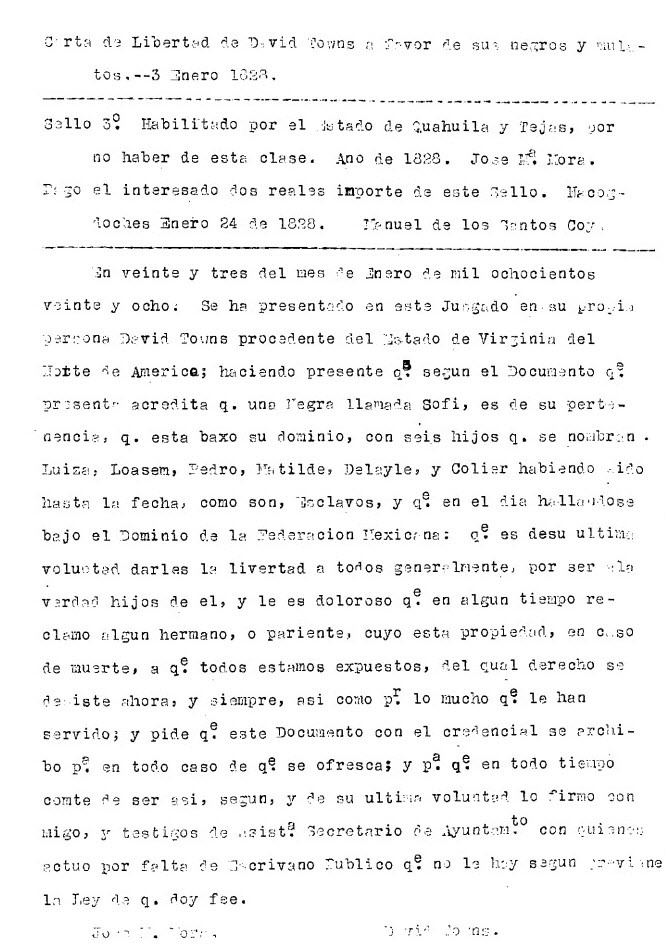
Charter of Freedom by David Towns, Robert Bruce Blake research collection, Vol. 1 (FamilySearch.org)
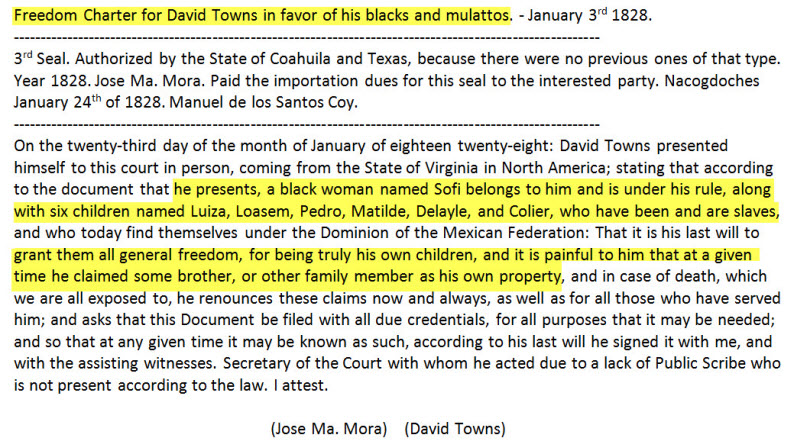
Translation of Freedom Charter by David Towns
I fully realize how naïve it must have seemed to many when I claimed at the outset of this article that this was an interracial love story, but I genuinely believe that this couple was one of the rare exceptions. It’s a harsh reality that most multiracial offspring of this era were the result of rape, an entirely lopsided power dynamic, or both. But the Townses moved from Virginia to Louisiana for better circumstances, and then to Mexico where the entire family could finally be free. Ultimately, David and Sophie would have at least nine children over a period of two-plus decades and remain together until her death. They were regarded as husband and wife by their neighbors, and both during their union and after Sophie’s death, David would repeatedly help their children retain their freedom because, as it turns out, he had badly miscalculated when it came to Nacogdoches.
A Revolutionary Brew
The very empresario system that had enticed the family to Nacogdoches also ushered in the source of its future distress – a flood of American immigrants, many of whom brought their slaves with them and had no intention of giving them up. Though it was a complicated affair driven by a variety of mostly non-slavery-related factors, the first hint of the trouble to come occurred almost as soon as the Townses arrived – the Fredonian Rebellion in December 1826-January 1827, led by none other than Haden Edwards. It would fail and result in his expulsion, but he would eventually return, and some historians consider this to have been the opening round of the Texas Revolution.
Tensions continued to escalate between the Mexican government and the colonists who refused to assimilate, a problem that only worsened as the imported population grew to outnumber Mexicans. Particularly with regard to slavery, the new arrivals did whatever it took to protect their free source of labor.
When Vicente Guerrero, Mexico’s first Afro-Mestizo president, issued the country’s emancipation proclamation in 1829, the settlers created enough of a stir that the state of Coahuila y Tejas got a reprieve because the local economy was already so dependent upon slavery. Ordered to comply the following year, many of them declared their slaves indentured servants with 99-year contracts. The actions the Mexican government took to try to control their Anglo-American residents only served to inflame them, and so things continued in a punch-counterpunch pattern until the mid-1830s.
MidTowns
Parked in the middle of all this was the Towns family. A census taken in 1835 revealed two additions to the family, including Juan (later John) who would become Lin-Manuel Miranda’s 4th great-grandfather. The race columns, a holdover from the days of Spanish dominion, were left blank as preferred by the Mexican government. It’s curious that David and “Maria Sofi” were recorded as single, but that may reflect an assumption on the part of the enumerator.
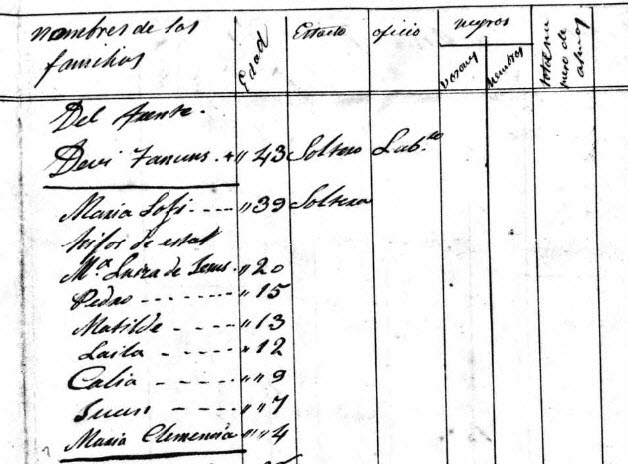
1835 padrones, Nacogdoches, Coahuila y Tejas (Nacogdoches Archives Records, Texas State Archives, as found on Ancestry)
Generated that same year were a “character certificate” and its associated petition. This new requirement was yet another attempt by the Mexican government to contain a spiraling situation, but it was too little, too late. While David was determined to be a man of high morals, the document wouldn’t be necessary for long. From a research perspective, though, these papers are quite helpful. It’s from them that we learn that the Towns family had arrived in 1826, and comparing the signature on this 1835 petition to one found on an 1811 marriage record in North Carolina reaffirms that the David Towns living in Nacogdoches was the same one who once lived in Virginia and North Carolina.
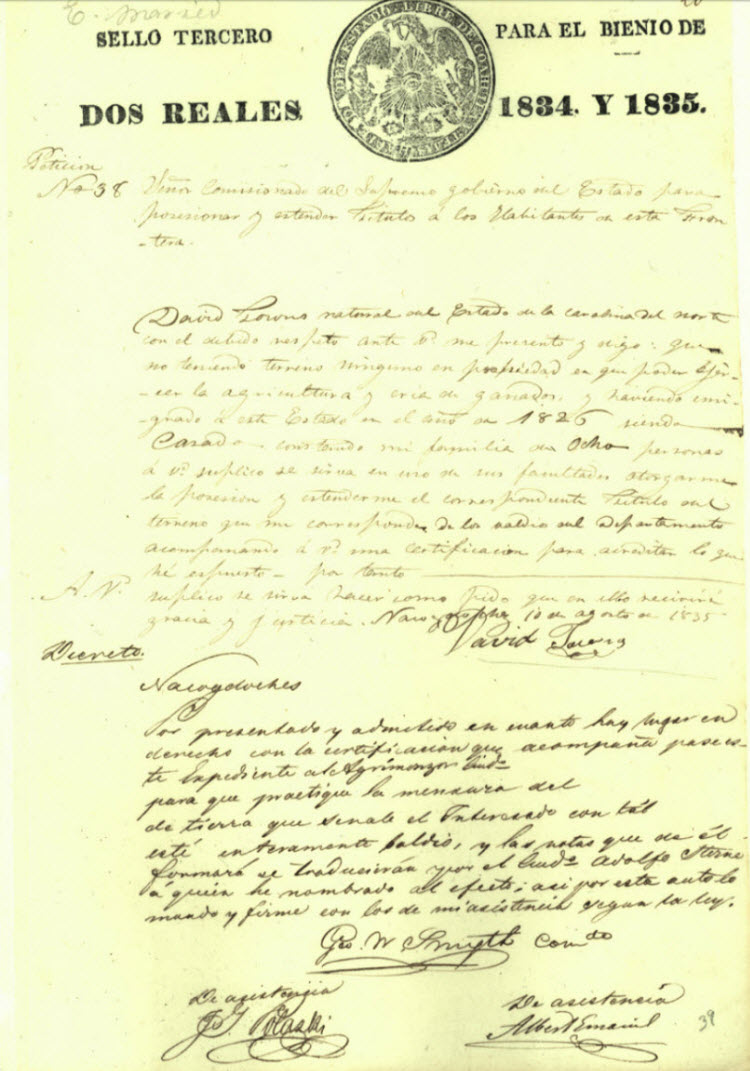
Petition for Character Certificate by David Towns, August 1835 (General Land Office of Texas)

August 1835 Character Certificate for David Towns (General Land Office of Texas)
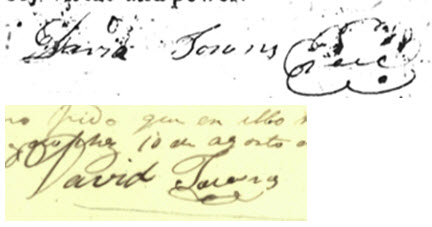
David Towns’s signature barely changed in the quarter century between his 1811 marriage (top) and 1835 petition (bottom)
So what did all this mean for the Towns family? On the one hand, they were among the American newcomers, but as a multiracial family, they represented something many of their Anglo neighbors would have frowned upon. Where did they fit in?
Team Texas
Stephen Austin, now known as the father or founder of Texas, was also an empresario like Haden Edwards, but unlike some of the others, was loyal to the Mexican government. When revolution seemed all but inevitable, he stepped in to mediate, but was instead arrested. This incident was the final straw that prompted the Americans to declare war on November 7, 1835.
Just a few months later in the spring of 1836, the Republic of Texas was born, so the Towns family had lived in Edwards’s Fredonia, Mexico’s state of Coahuila y Tejas, and now the Republic of Texas, all within the space of a decade and without moving.
Once again, they stayed put indicating that David Towns had sided with his fellow Americans. He and his family members began to appear regularly in Nacogdoches, Texas tax rolls starting in 1837, and in 1838, they sought and received compensation from the new republic.
So the transition had been a smooth one for the Townses. In spite of the fact that an estimated 13,000 slaves were already in Texas at the time of its formation, they – as a mixed race and free family – were accepted, right?
Not So Fast
In 1836, almost immediately after independence, Texas stripped free people of color of their citizenship and the rights associated with it. Furthermore, they could not stay in the republic without the consent of Congress.
Put yourself in David’s shoes. For the sake of Sophie and their children, he had moved from Virginia to Louisiana to Mexico where he had already weathered three changes of flag. He was no longer a young man. In fact, his oldest children were starting to have children of their own. Now what?
Presumably in a near constant state of anxiety, the Towns family endured yet another round of uncertainty until the following year when Sam Houston approved a joint resolution for the “relief of Free Persons of Color” stating that, “all free Africans or descendants of Africans, who were residing within the republic of Texas at the date of the declaration of Independence, and their natural issue, are hereby granted and allowed the privilege of remaining in any part of the republic as long as they choose.”
Phew.
Well, not quite. Memories were short and many soon forgot the contributions of African Americans to the republic’s independence. The situation deteriorated as Texas introduced a series of laws that prohibited interracial marriage, and in general, began to impose hardships previously restricted to slaves on free persons of color.
The pressure must have been too much for Sophie who passed away in 1838. Maybe it was for the best that she didn’t live until February 1840 when the 1836 legislation was resurrected, and this time, the clock was ticking. All free persons of color were given until January 1, 1842 to leave Texas unless they were able to get Congress to exempt them. If they failed to do this and did not leave, they would be sold “at public sale, to the highest bidder.”
So barring an act of Congress specific to the Towns family, Miranda’s 4th great-grandfather, John Towns – who had been born free and lived his entire life in Nacogdoches – was now subject to slavery, as were all his siblings, nieces and nephews.
Exile or Slavery?
Confronted with this dire scenario, David did the only thing he could. His family had too much vested in this place, so he petitioned for an act of Congress. The names and ages of all his children were spelled out, and on behalf of all of them, the document stated:
“… it is with extreme sorrow that they find by an act of the last Congress, they are allowed but a short time longer to remain within the limits of this Republick, unless your honourable bodies will, as is allowable by said act, relieve your petitioners from its operation, and by a measure of kindness and generosity permit them to remain in a land endeared to them by almost every tie that can bind the affections to any country.”
Though it may well have been standard legal verbiage, it turns the stomach today to read the kowtowing language of this request. Phrases such as “most humbly beseech” and “will continue to behave in a proper and becoming manner, and cheerfully comply with and fulfill such duties and obligations as may by law be imposed upon them” can’t help but make the reader wince. After all, all they wanted to do was stay in their home.
For what it’s worth, David’s family was not the only one placed into this no-win situation and he was able to find help. It is somewhat heartening that some white neighbors were appalled that long-time residents were being forced to choose between exile or slavery, and a number stepped up to add their names. In fact, the signatories on David’s paperwork read like a “Who’s Who” of early Texas history. Thomas Jefferson Rusk and Charles S. Taylor fashioned the plea, and others who signed on included Haden Edwards (yes, back again), Adolphus Sterne (whose home can still be visited), and James H. Durst. Such support strongly reinforces the notion that David had been on the American side during the Texas Revolution.
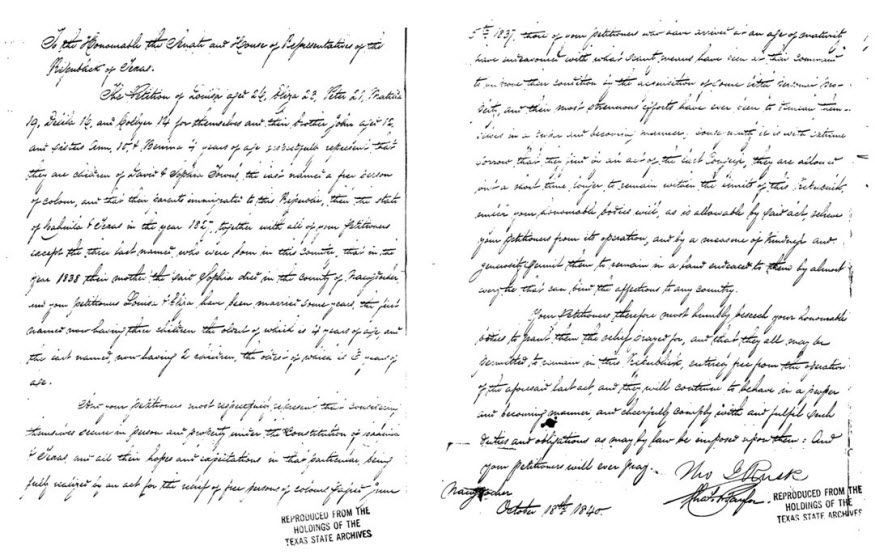
Towns family petition, 1840 (Race & Slavery Petitions from ProQuest’s History Vault, with thanks to UNCG)

Even if you can read cursive (recent experience has taught me that many no longer do), old documents can be hard on the eyes, so here’s a printed text of the petition.
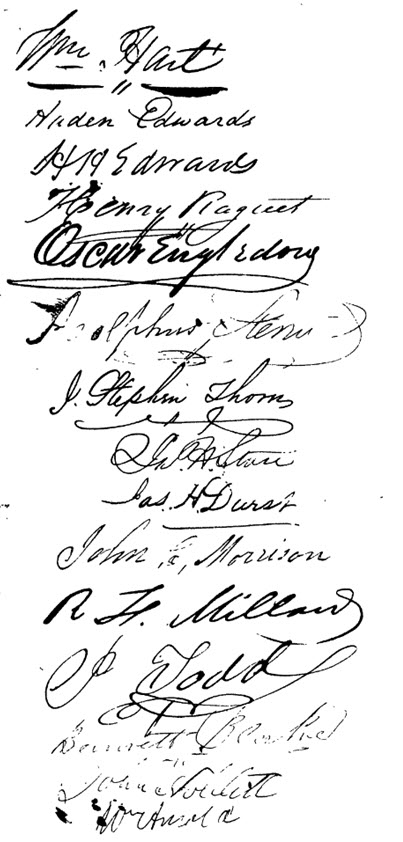
Petition signatures
Ultimately, the Ashworth Act (named after another affected family) was passed into law in December of 1840, allowing free people of color who had arrived in Texas before independence the right to remain, so the Towns family could resume “normal” life. But could they, really?
The Towns Start Leaving Town
I suspect this is when the family started thinking seriously about giving up on Nacogdoches. It must have been exhausting ping-ponging between hope and panic, stability and chaos, for all those years. And they probably had an inkling that the Republic of Texas might swap flags for an American one before long (it would happen in 1845), and who knew what that would bring? It’s telling that an 1845 accounting found tucked in among tax records noted that fully one-third of the Nacogdoches population was enslaved, and more telling still that there was no category for free people of color.
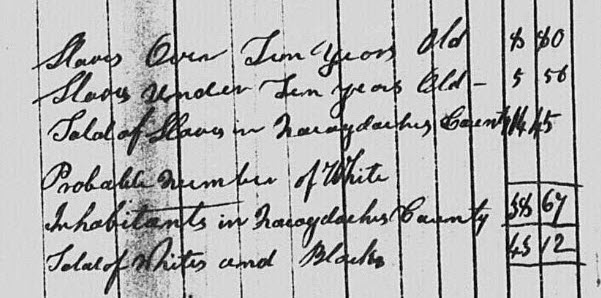
Nacogdoches slave and white population circa 1845 (FamilySearch)
It would take a while, and David wouldn’t live to see it come to pass, but bit by bit, his offspring started drifting to other places in Texas and Mexico – the majority sauntering through Bexar and eventually settling in or near Eagle Pass, a border town which had the distinction of voting 80 to 3 against secession from the Union at the time of the Civil War, an aberration in pro-slavery Texas whose state delegates voted in almost exactly the same ratio (166 to 8) to secede.
This was probably due to the presence of Fort Duncan, an American military base that had been established there in 1839, but even it would be occupied by Confederate troops and used as a trade depot – a curious happenstance that can be attributed to another quirk of history. One of George Washington’s closest living relatives at the time, Thornton A. Washington, a great-grandnephew and West Point grad who had served as an officer at Fort Duncan, had resigned his commission in the U.S. Army and become (after a stint as aide to Robert E. Lee) Quartermaster for the Confederacy for the state of Texas. It was a no-brainer that his old, border post would become part of his supply chain. So it was that a Washington family member played a minor part in the addition of yet another flag to the Towns family count.
Postscript
David and Sophie’s son, Juan/John, married Mary Ann Smith, an Alabama-born, “mulatto” daughter of another immigrant family of people of color. Ensuing generations in this branch of his family tree mostly chose spouses who were Mexican or of Mexican (and possibly Mestizo) heritage. So if you think about it, this portion of Lin-Manuel Miranda’s family was multiracial, multicultural, and multinational. In short, they have a lot in common with his Puerto Rican forebears.
The lives of David, Sophie and their children were permeated by a revolving parade of flags, and in this sense they lived in revolutionary times, but even more radical was their relationship. Not merely that it was an interracial one. These were more common at the time than many realize. But the fact that it was a true love match between a white man and an enslaved, black woman? And that they never wavered in their affections and efforts to stay together and protect their family? That was both a revolution and a revelation. Even then, David and Sophie knew that love is love is love is love is love is love.
Note: Thanks to Martha Menchaca for her book, Recovering History, Constructing Race: The Indian, Black, and White Roots of Mexican Americans, which greatly assisted with my understanding of a complex subject.
![]()
Update
I impulsively tweeted this to Lin-Manuel Miranda and not only was he kind enough to reply and retweet it, but he also invited me backstage after the show where he thanked me for bringing this story of his ancestors to life. Yes, he genuinely is both brilliant and kind.
The Guardian also picked up on the saga of the Towns family: Lin-Manuel Miranda’s ancestry is as multifaceted as Hamilton
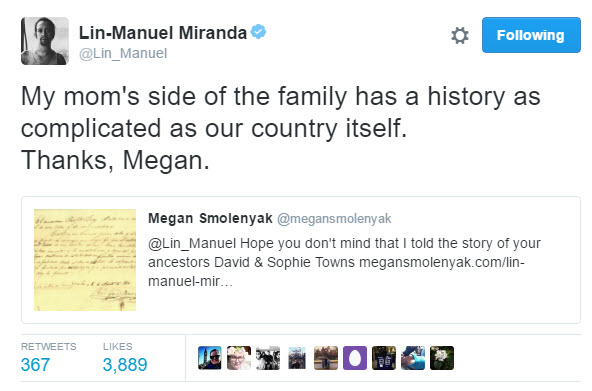
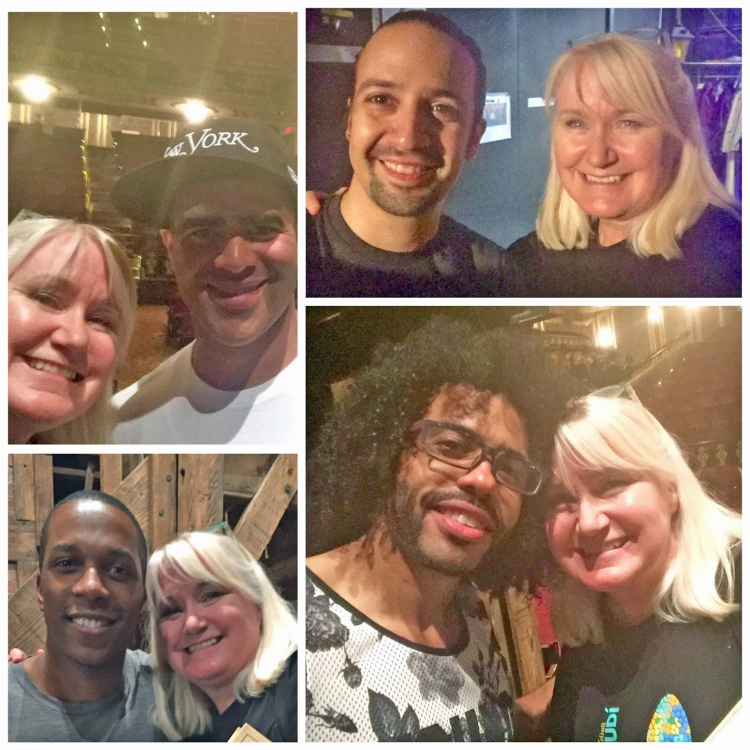
Me backstage at Hamilton: An American Musical with (clockwise from top left): Christopher Jackson, Lin-Manuel Miranda, Daveed Diggs, and Leslie Odom, Jr.

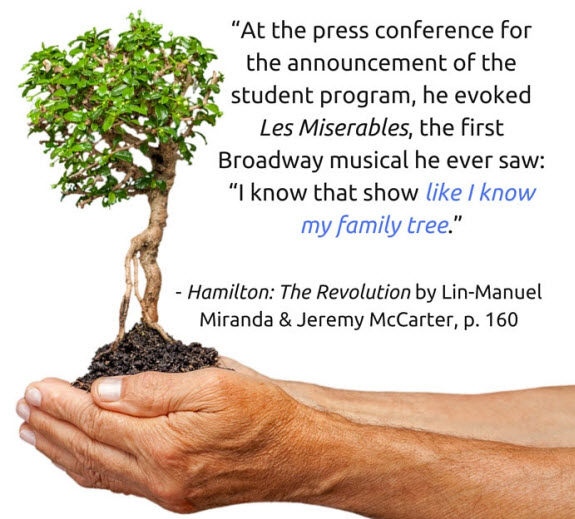
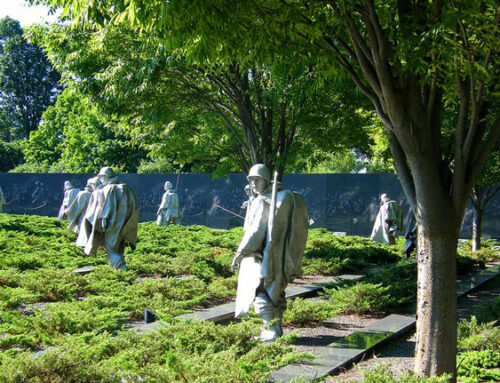
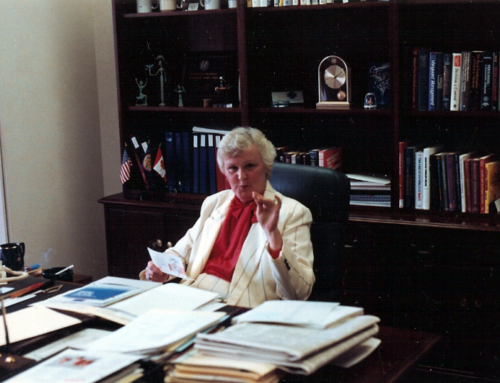
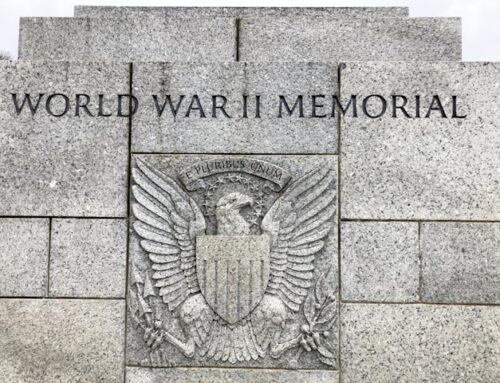
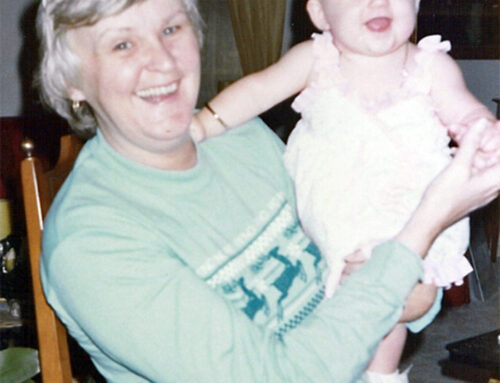
Great article. It was surprising to find out that Lin is not only of Puerto Rican heritage but also of Mexican heritage.
Thanks, Steve! Yes, he’s mostly Puerto Rican, but I love that so many of us – whether we know it or not – are a melange of some sort!
Fascinating, thank you! When did John’s descendants end up in Puerto Rico?
One comment: you suggest “could Rodi have morphed into Sofi? Seems iffy.” It does seem iffy, but it’s striking to me that “Rodi” differs from “Sofi” by the simple operation of moving each of the consonants back one in the alphabet. (S -> R, and F -> D skipping the vowel E.) Almost like the name were being deliberately put in code. I don’t know why she/they would have done that, but it jumped out at me.
Thanks, AJD! I tend to share stories further back in time so there are no privacy issues, but just to be clear, LMM is mostly Puerto Rican! And I appreciate your comment re: Rodi/Sofi! My genealogical instincts say that she could be one and the same, but I can’t prove it, so I’ll gratefully add your insight to the case!
As a native of Nacogodches, this was a fascinating article! Thanks!
You’re more than welcome, Stormy!
Megan, thank you so much for this research. I am related to Towns family and never knew this information. I will print and place in my family album all these genealogical documents. Great work!
Thanks, Diane! So glad you found it helpful!
Great work, Megan! Felt as if I was watching a movie as I was reading about Lin-Manuel’s geneology. What a fascinating and riveting story about race, nationality, slavery and freedom.
Seems like Lin-Manuel is truly multiracial/multicultural. No wonder, he’s so cool.
Very happy to hear that, Pat! And yup, totally agree with you!
This was so wonderful, awesome and eye opening of all that happened back then to the Towns family and many others. Thank you for sharing this!!
I’ve enjoyed the story so much. You should be commended not only for the great research into the Towns family, the ethnicity complexities we all share, but also for your ability as a storyteller who grabs and tholds our interest through all the twists and turns history may take us. Thank you!